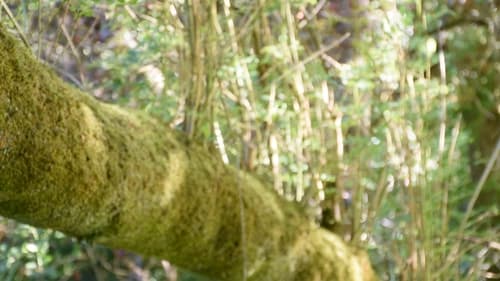Tinne Zenner
Nacimiento : , Copenhagen, Denmark
Historia
Tinne Zenner is a visual artist, filmmaker and programmer based in Copenhagen. She holds an MFA from The Royal Danish Academy of Fine Arts. Working with analogue film, 3D-animation and spatial installation, her work explores the physical structures, in which layers of history, politics and collective memory are embedded. Her work has been shown at a number of international film festivals including Ann Arbor Film Festival, Projections at New York Film Festival, CPH:DOX, Courtisane, Image Forum Tokyo and EXiS in South Korea, and exhibited internationally at Reykjavik Art Museum, Nuuk Art Museum, Gothenburg Kunsthal, BOZAR Centre for Fine Arts Brussels as well as at Overgaden - Institute of Contemporary Art, Kunsthal Charlottenborg and Fotografisk Center in Copenhagen.
Zenner is a co-founder and member of Sharna Pax (formed in 2013), a film collective based in London and Copenhagen working between the fields of anthropology, documentary and visual arts. She is also part of Terrassen - a new roving cinema in Copenhagen that engages with the social life of film.


